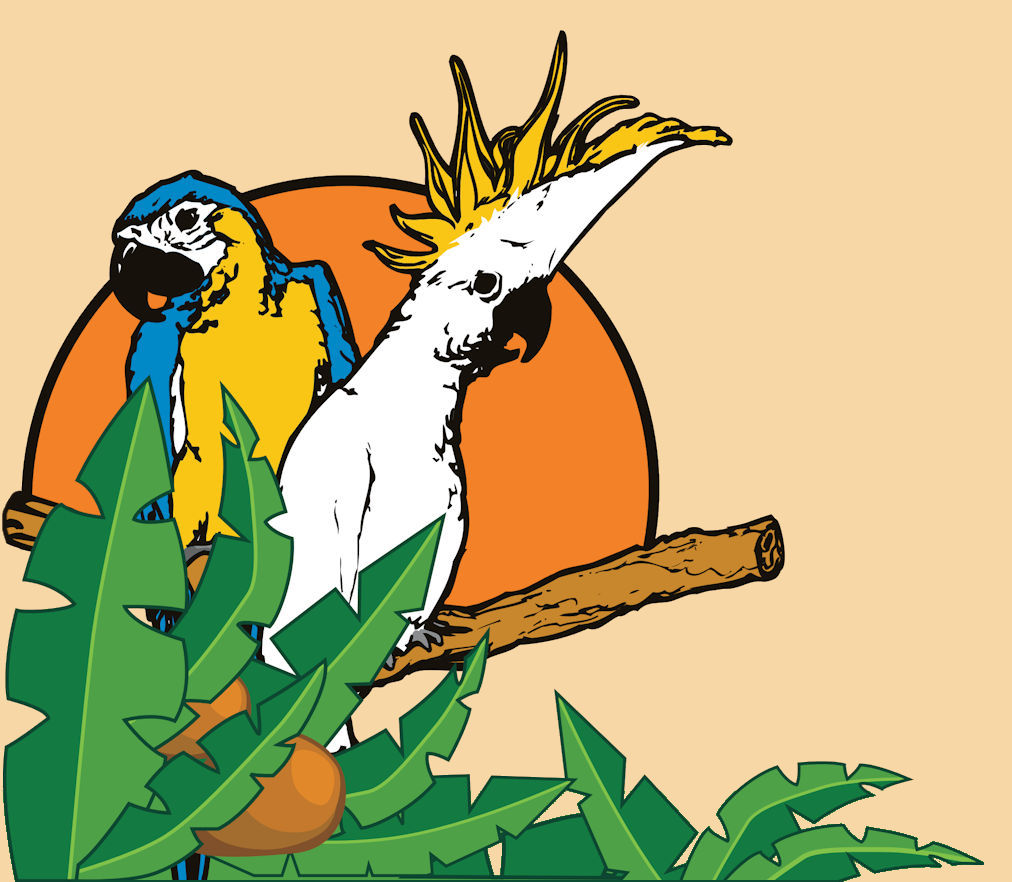Bathing is a natural activity for wild parrots, but it’s not always something a pet parrot is fond of or able to do frequently enough. There are many ways for a bird to get its feathers wet: shallow bowls, spray bottles, sinks, showers, and rain.
Many finches, canaries, and parakeets are fond of large, shallow bowls for bathing. When placed on the bottom of a cage this is a good way to let your bird bathe when it wants to. Make sure it is heavy enough where the bird won’t tip it while it stands on the rim. Position it away from overhanging perches so droppings will not fall in.
Cockatiels, conures, and other medium sized parrots enjoy bath time in the sink if it happens to have a spray attachment. Larger amazons, greys, and macaws can be taken into the shower for bathing to accommodate larger flapping wings. With both of these methods, make sure the water is lukewarm and the water pressure not too hard. It is important to avoid spraying directly in the nostrils and face.
Spray bottles with a mist setting are generally reserved for birds who are frightened of the loud shower or stronger stream of water. An outside perch or a shower perch are a great way to save the cage and floor from getting wet.
Spray bottles should be a fun experience for birds and never used as punishment.
Last but not least, some parrots enjoying bathing naturally in a warm, summer rain.
